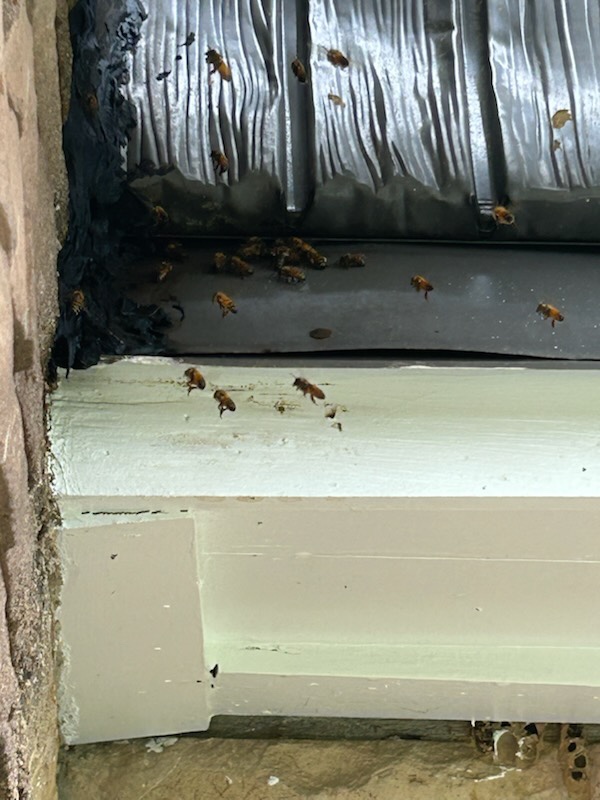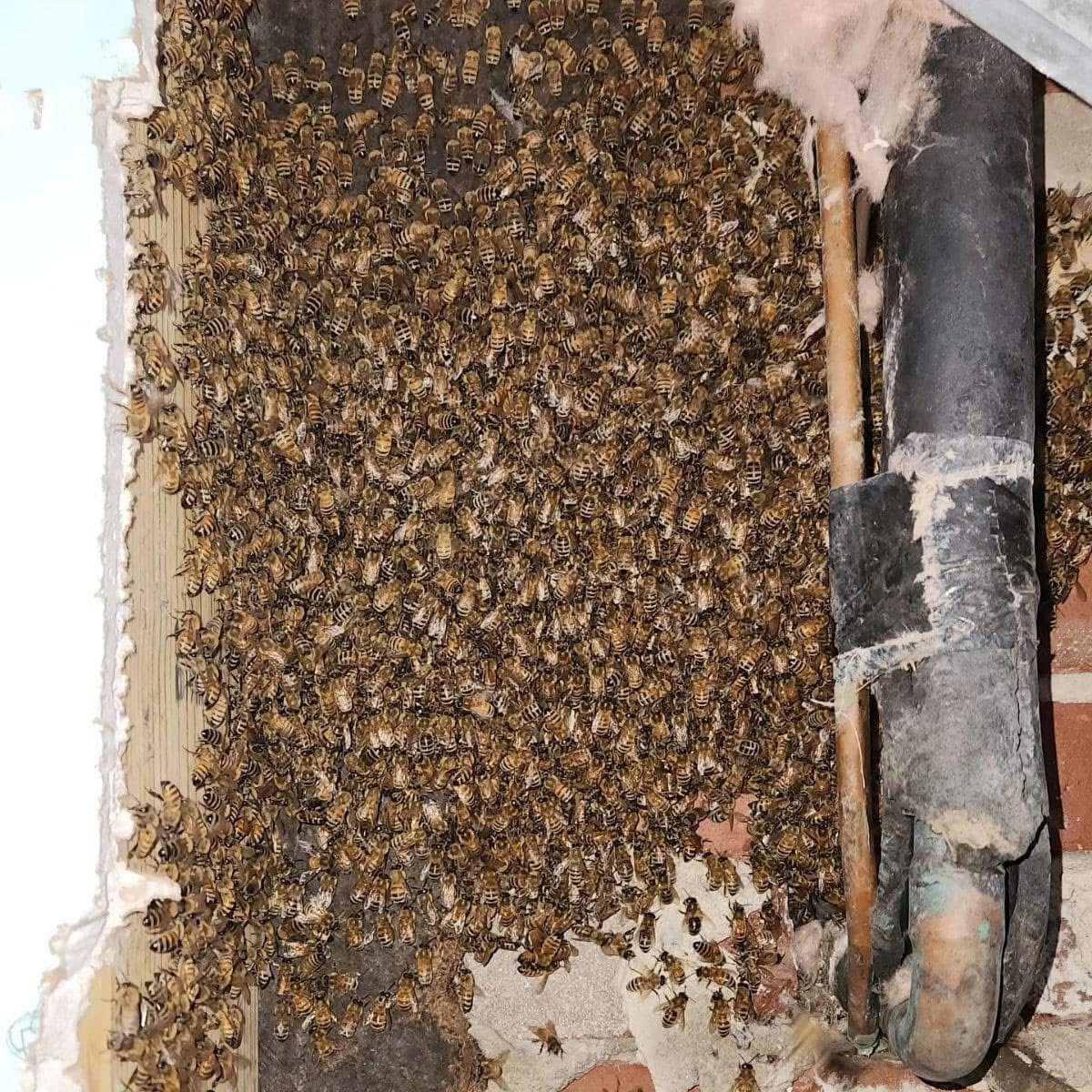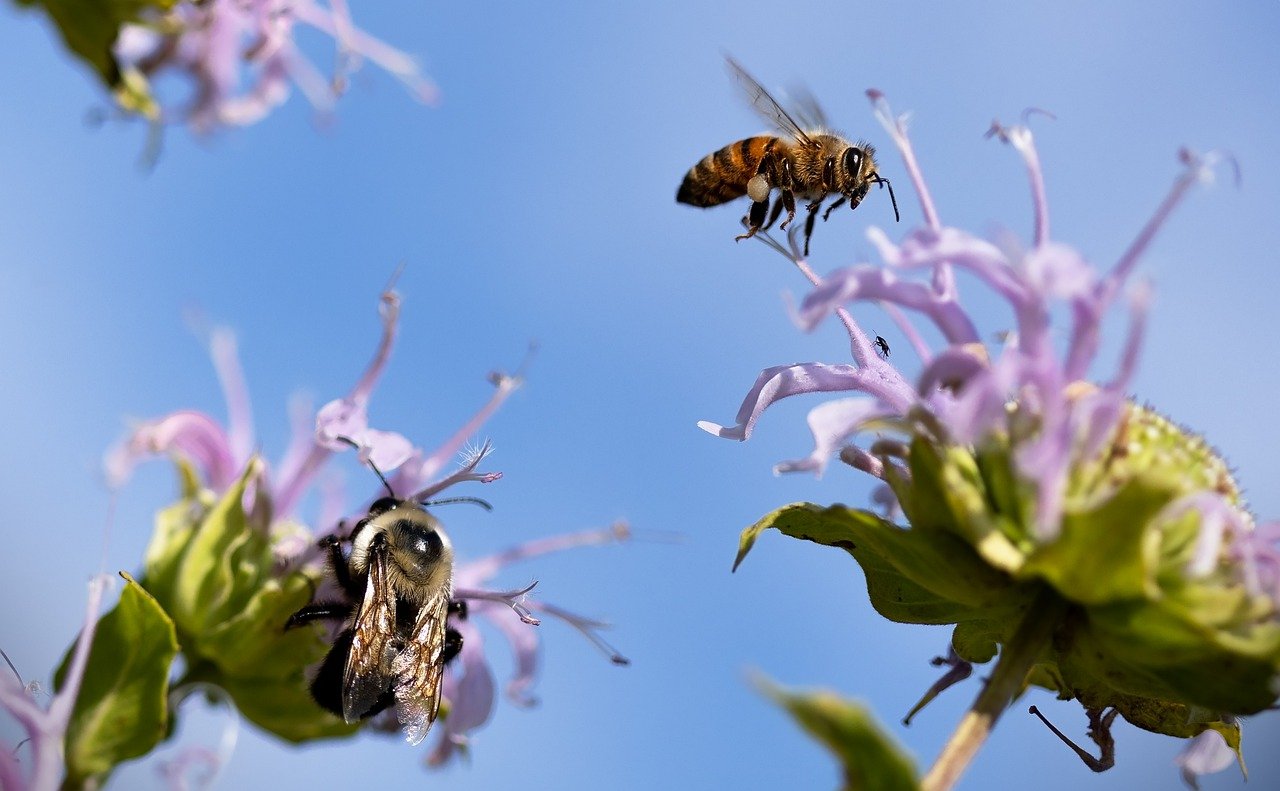
Introduction
Spring and summer bring flowers, warm weather, and—if you’re not careful—uninvited guests. Honeybees are essential pollinators, but when a swarm decides to move into your home, it can create a costly and stressful situation. At Old Dominion Honeybee Services, we believe in protecting both people and pollinators. Here’s how you can inspect your property and prevent bees from settling in unwanted places.
⸻
Common Entry Points
Honeybees don’t need much space, to move in. A gap as small as a pencil’s width is enough for scouts to find a suitable cavity. The most common spots we see bees enter include:
• Roof eaves and soffits
• Wall voids and siding gaps
• Around dryer, bathroom, and attic vents
• Gaps in fascia boards or around windows
Inspect these areas regularly, especially in spring, when bees are actively scouting for new homes.
⸻
Signs of Bee Activity
Not sure if bees are checking out your house? Here are a few indicators to watch for:
• Frequent bee traffic near one specific spot (especially around your roofline or siding)
• Bees hovering or circling a small opening for extended periods
• Seeing bees indoors without an open window
• Dead bees near vents or windows
Spotting one or two bees isn’t unusual—but if you notice consistent activity, it’s time to take action.
⸻
DIY Inspection Tips
You don’t need to be a pro to spot potential problems. Use these tips to inspect your home:
• Walk the perimeter of your house and garage, especially under eaves and around attic vents.
• Check for cracks, holes, or gaps in siding, trim, or roofing.
• Pay attention to areas where bees have shown interest in the past.
If you’re not comfortable inspecting high areas, binoculars can help from the ground.
⸻
How to Prevent Bee Infestations
Preventing bees from moving in is easier (and cheaper) than removing them later. Here’s what you can do:
• Seal up entry points: Use steel wool and caulk to fill gaps around pipes, vents, and siding. Note: We have found that spray foam can be removed by determined bees. Steel wool and Caulking is the best solution.
• Screen vents and chimneys: Install fine mesh over attic, bathroom, dryer vents, and chimneys—just make sure airflow isn’t restricted.
• Remove old attractants: If bees have lived in your walls before, lingering hive scent may draw new swarms. Old Dominion specialists remove comb and clean the cavity when we remove the bees.
• Trim vegetation: Overgrown shrubs or tree limbs near your home can encourage bees to scout nearby crevices.
⸻
What to Do If You Spot Bees
If you see bees coming and going from a hole or vent, don’t try to block them in. Sealing the entry traps them inside and could force them deeper into the structure. Spray foam and pesticides often make the problem worse, and can kill the colony unnecessarily.
Instead, reach out to a professional for ethical removal. The sooner we respond, the easier it is to relocate the colony safely and minimize damage to your home. Have any photos or videos on hand, to send to them.
⸻
How Old Dominion Honeybee Services Can Help
We connect Virginia homeowners with experienced, humane bee removal specialists across the state. Our mission is to protect bees while helping you reclaim your space. From swarm capture to full structural removals, we’ve got you covered—with no commitment consultations and a friendly, community-first approach.
⸻
Conclusion
With a little vigilance and prevention, you can protect your home and support honeybee conservation at the same time. Regular inspections and sealing up entry points go a long way—and if bees do move in, Old Dominion Honeybee Services is just a call away.




Leave a Reply